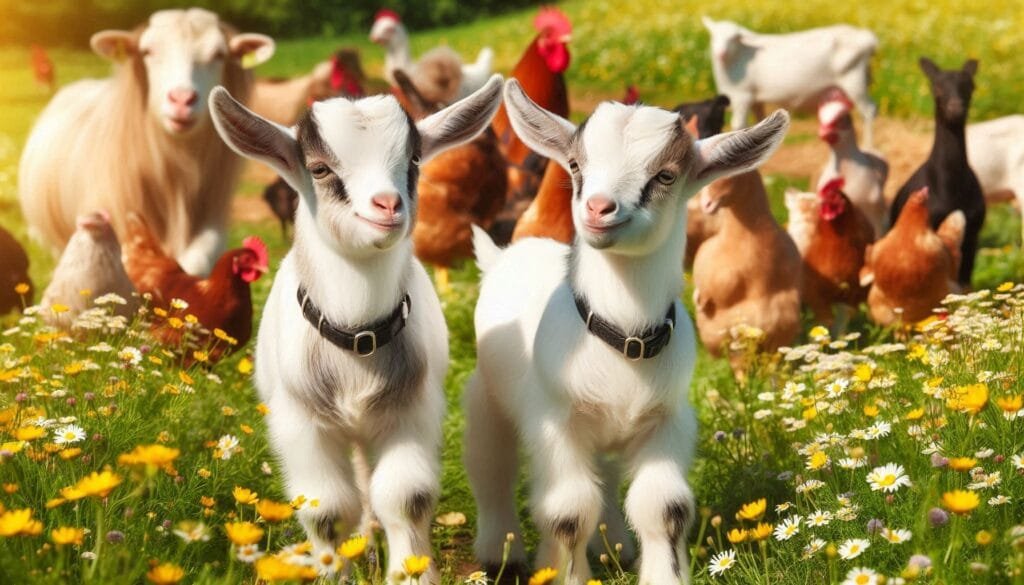Twins and Twinning

Introduction to Twins
Twins are two offspring born from the same pregnancy. They captivate our interest due to their unique genetic connections and shared experiences. Understanding twins involves exploring how they are formed and the different types that exist.
The Science Behind Twinning
Twinning occurs in two primary ways:
- Identical Twins (Monozygotic)
- Fraternal Twins (Dizygotic)
Let’s delve deeper into these categories.
Identical Twins (Monozygotic)
Formation of Identical Twins
Identical twins arise when a single fertilized egg (zygote) splits into two embryos. This process typically happens within the first week after fertilization. As a result, both embryos share the same genetic material.
Genetic Similarity
Since identical twins come from one zygote, they share 100% of their DNA. This genetic similarity leads to many shared traits, including physical appearance and some behavioral tendencies.
Physical Characteristics
While identical twins often look alike, they can still have differences due to environmental factors. For instance, one twin may develop a freckle or have a different hairstyle. These variations highlight how genetics interact with individual experiences.
Psychological Aspects of Identical Twins
Research shows that identical twins can have similar personalities and preferences. Studies suggest that genetics plays a significant role in shaping behavior. For more on this topic, check out Psychology Today.
Fraternal Twins (Dizygotic)
Formation of Fraternal Twins
Fraternal twins occur when two separate eggs are fertilized by two different sperm cells during the same menstrual cycle. This process can happen if a woman releases multiple eggs.
Genetic Similarity
Fraternal twins share about 50% of their genetic material, similar to regular siblings. They can be of the same sex or different sexes, depending on which sperm fertilizes which egg.
Physical Characteristics
Fraternal twins may look alike or completely different. Their physical traits depend on the combination of genes inherited from both parents. For example, one twin might inherit their father’s eye color while the other takes after their mother.
Psychological Aspects of Fraternal Twins
While fraternal twins share some genetic similarities, they often have distinct personalities and interests. Research indicates that environmental influences play a crucial role in shaping these differences. You can read more about this in articles from Verywell Family.
The Twinning Process
Factors Influencing Twinning
Several factors can increase the likelihood of having twins:
- Genetics
- Age
- Fertility Treatments
Genetics and Family History
A family history of fraternal twins can raise the chances of having twins yourself. If a woman has fraternal twins in her family, she may be more likely to conceive them as well.
Age Matters
Women over 30 are more likely to release multiple eggs during ovulation, which increases the chances of fraternal twins. The hormone FSH (follicle-stimulating hormone) rises with age, leading to multiple egg releases.
Fertility Treatments
Assisted reproductive technologies like IVF often involve transferring multiple embryos into the uterus. This practice significantly raises the odds of having twins or even higher-order multiples (triplets or more). For more information on fertility treatments, visit American Society for Reproductive Medicine.
Health Considerations for Twin Pregnancies
Twin pregnancies are generally considered high-risk due to potential complications such as:
- Preterm birth
- Gestational diabetes
- Preeclampsia
Regular prenatal care is essential for monitoring both maternal and fetal health during twin pregnancies.
The Experience of Raising Twins
Unique Challenges
Raising twins comes with its own set of challenges:
- Time Management
- Financial Considerations
- Emotional Dynamics
Time Management
Parents often find it challenging to manage time effectively with two infants needing attention simultaneously. Establishing routines can help ease this burden.
Financial Considerations
The cost of raising two children at once can be daunting. Parents should plan for expenses like diapers, clothing, and childcare early on.
Emotional Dynamics
Twins often share a special bond but may also experience rivalry or jealousy as they grow older. Parents should encourage individuality while fostering their connection.
Benefits of Raising Twins
Despite challenges, raising twins has many rewards:
- Built-in Companionship
- Shared Experiences
- Unique Bonding Opportunities
Built-in Companionship
Twins often become lifelong friends, providing each other with support and companionship throughout life.
Shared Experiences
Growing up together allows twins to share unique experiences that strengthen their bond.
Unique Bonding Opportunities
Parents can create special moments by celebrating twin milestones together, such as birthdays or achievements in school.
Conclusion
Twins offer a remarkable glimpse into human genetics and development. Whether identical or fraternal, each set of twins has its own unique story shaped by both nature and nurture.
For those interested in learning more about the science behind twinning or parenting strategies for twins, resources like The Twin Network provide valuable insights and support.
More from Veterinary Anatomy:
Skin of Farm Animals




Responses